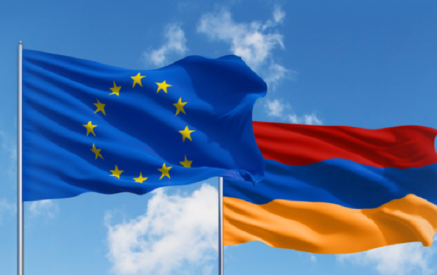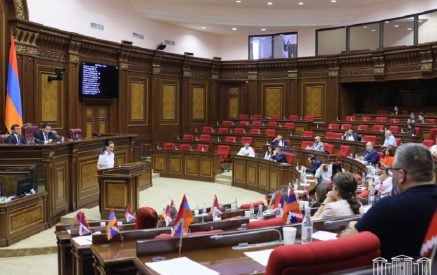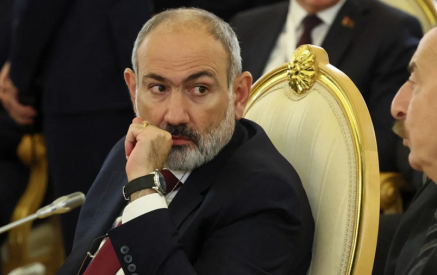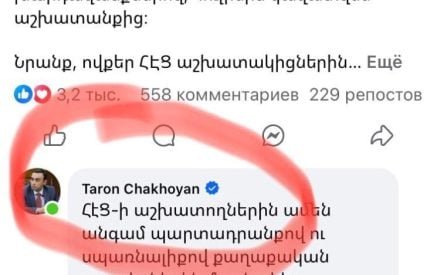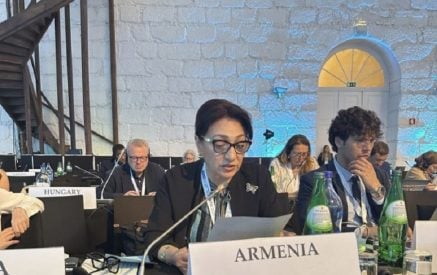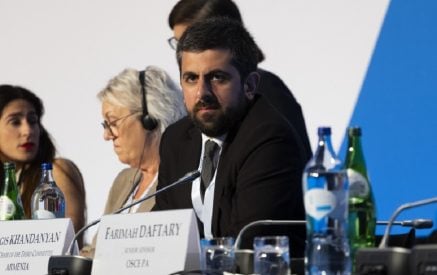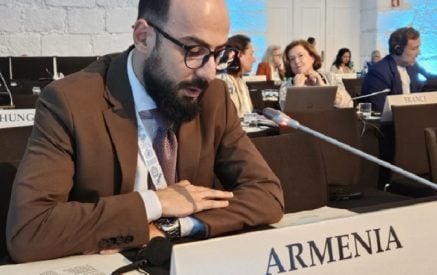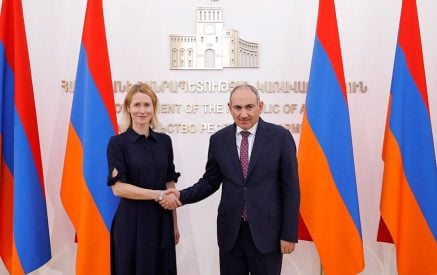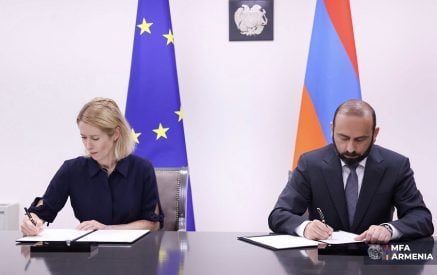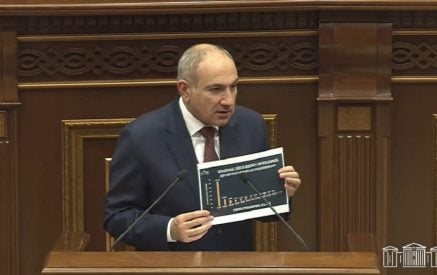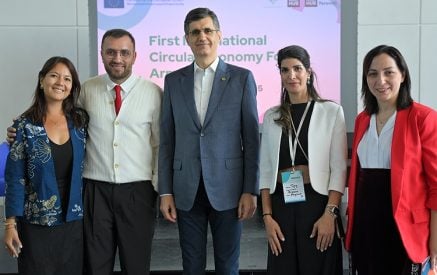Economists recommend staying refrained from situational solutions and using restrictive mechanism on electricity price hike
“If we approach the question systemically, there is a regime of increase in this direction. No one has declared the decision of the Public Services Regulatory Commission about the electricity price hike canceled, and this means that the prices have been increased. It is another issue that the government has taken over the part of the raised tariff and compensates it at the expense of non-budgetary funds, whether it will be the Vorotan Cascade sale or another source. The mechanism is working. Naturally, if it did not work, the ENAs would go bankrupt and a problem would arise. It is a fact since it had about 80 billion drams loans, of which 31 were short-term, in other words, with high-interest rates,” – said the Depute Chairman of the NA Committee on Economic Affairs, opposition parliamentarian Mikayel Melkumyan, in the conversation with “Aravot”.
Yesterday, at the Government session, Prime Minister Hovik Abrahamyan announced, “Many people have a misimpression that until the end of the audit, the government will support not only the population but also the major business to subsidize the difference of the tariffs (AMD 6,93). That is not the case. I think that it should not be the government to fund the large businesses too. The President of the Republic of Armenia has stated that we take on the difference of the tariff for the population. When the President of the Republic of Armenia comes back from vacations, I will also discuss with him the issue of support to SMEs who spend an average of 250-kilowatt electricity per month.” The Prime Minister’s statement became a subject for major discussions in the social networks and deserved the negative assessment of the initiative protesting against the electricity price hike. Moreover, “No to Plunder” intimidated to come out to the street once again with an intention for more determined and tough fight.
But while many people accuse the government of changing the opinion and the approach several times, “not standing for their words” and similar other things, for the sake of justice, it should be noted that this approach also contains objectiveness. It is clear that the government’s off-budgetary funds are not formed from the air or from the pocket of an oligarch. These are also the ordinary populations’, the taxpayers’ money. And here is a question, why the government should subsidize the electricity price hike for various nicknamed oligarchs, including also for the enterprises and objects owned by many government members from the government’s off-budget funds, i.e. from the same taxpayers funds, when no funds are found to pay the wages for the “Nairit” employees, pensions for disabled pilots and to assist in many urgent daily issues of various social groups.
Read also
Opposition MP Mikayel Melkumyan puts the question not in the plane of “right and wrong” but “seeking for objective solutions”. And he thinks it appropriate that should the government use his offer to refuse the tariff rise and to go by the path of diversifying the risks rather than to associate the compensations of the ENA’s debt with the price hike. And to seek for options to pay-off the debt, for example, the business entities might have taken on the debt incurred by less produced electricity of HAEK and lack of supply by ENA. In this sense too, the opposition MP considers normal that the government does not take on the compensation for business-structures. “They are getting profit. Let’s take the Kajaran Copper-Molybdenum Plant, Brandy Factory, enterprises owned by various oligarchs and so on. What should the government do? Should it reimburse their electricity consumption? How do you look at it? The government cannot reimburse the electricity price hike for the businesses from the off-budget funds who make billion drams of export or produces. Should it subsidize them? How come? It is right to have a mechanism of some kind of subsidizing for the population.”
About 7.3 billion kilowatts/hour electricity is produced in Armenia, of which, 1.4 goes to the Islamic Republic of Iran: 3 kW/h electricity for 1 cubic meter gas. 5.5 billion kW/hour electricity is consumed in Armenia, of which, 2 billion kW/hour electricity is consumed by the population. The remaining 3.5 billion is consumed by business entities. Economist Vilen Khachatryan notices that in economic terminology, the known “Robin Hood tax” is used worldwide, when it is taken from the rich and given to the poor, leaving the large burden on the rich. “This is also an accepted approach,” he says, warning about the risks incurred from it, because it is not excluded that, let’s say, the entrepreneur who has a bakery consumes more electricity than the government defined 250 kW, which, naturally, will again lead to tensions. He is confident that such people will come out to the streets. The economist believes that the government should try to be refrained from such situational solutions, by giving the preference to the use of clearly thought-out mechanisms. “There should be a scale, according to which, let’s say, a 100 kW consumer pays an X amount, a 200kW consumer – two times X, a 300 kW consumer – three times X, so that the pensioner who is turning on a heater to keep himself warm does not fall in the same mechanism where the large organizations are found.”
Nelly GRIGORYAN,
“Aravot” daily



